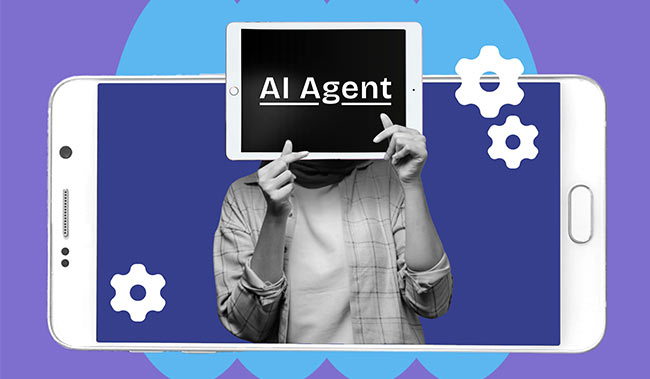5th September 2025

Kevin McGachy at Sabio unpacks how Agentic AI is set to transform contact centres, what it really means for human roles, and the new success metrics leaders need to measure in an AI-first era.
There’s no doubt that Agentic AI will transform contact centres.
What’s less clear – and rarely acknowledged head-on – is how much of that transformation will impact the size, shape, and role of the human workforce.
According to The Inner Circle Guide to Agentic AI by ContactBabel, fewer than half of contact centres see headcount reduction as a primary objective. That suggests a deliberate shift in narrative: the focus isn’t overtly on removing people, but on removing friction.
Agentic AI isn’t just another virtual assistant. It doesn’t wait for instructions. It interprets, reasons, takes action, and learns from outcomes.
And most importantly, it operates with autonomy to complete end-to-end tasks – not just offer next-best suggestions.
This is a step beyond human augmentation. It’s about replicating the behaviour of highly capable agents in a scalable, intelligent way.
While the industry often defaults to language about “agent assistance”, Agentic AI systems are increasingly capable of completing tasks without human oversight, a key differentiator from traditional bot or assistive models.
In the report, ContactBabel highlights the challenge that human agents face when switching between several systems to serve a single customer.
This creates complexity, delays, and inconsistency. For an AI agent, those same tasks can be streamlined and orchestrated instantly. There’s no fatigue, no deviation, and no lag in processing.
The top reasons cited by organisations for deploying Agentic AI were:
These aren’t abstract benefits. They directly correlate to measurable CX and operational improvements: higher customer satisfaction, better first contact resolution, reduced handling time, and improved digital containment rates.
And while only 19% of organisations stated that reducing headcount was of “major importance”, we should not ignore the implicit efficiency gains that flow from automation at scale.
This raises a critical point. If your only success metric for AI is headcount reduction, you’re thinking too small. But equally, if your business case ignores the indirect impact on human workload and resourcing, it’s incomplete.
The future metrics will be broader and more balanced:
These are the measures that matter. Because they reflect real transformation, not just tactical optimisation.
For contact centre and CX leaders, Agentic AI is not about a binary choice between human or machine. It’s about designing an operating model where AI can handle what it’s best at, and people are deployed where they add the most value: empathy, judgement, and complex exception handling.
Agentic AI is a opportunity to move beyond the legacy debate of ‘AI vs people’. The conversation now must shift to:
This is not just about improving performance. It’s about reimagining service design for an AI-first era.
Agentic AI won’t replace the contact centre. But it will redefine how it works – who it employs, what skills are needed, and what customers come to expect. That’s not something to fear. It’s something to lead.
The organisations who embrace Agentic AI today are not just modernising their tech stack. They’re preparing for a future where customer service is faster, smarter, and fundamentally different.
Reviewed by: Rachael Trickey